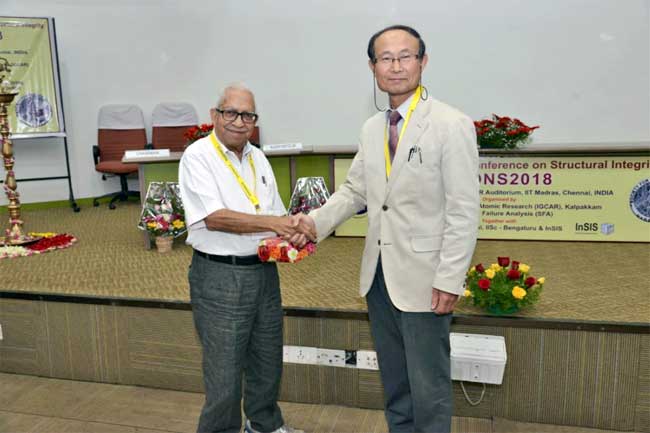


A recent development in aerospace, the Digital Twin can be defined as a replica of the full structure or of any critical component of the flying vehicle. The loads are measured on the flying vehicle and are transported to the Digital Twin. It is possible to visualize the stress state, vibration levels at different locations and damage initiation and damage growth leading to the estimation of remaining life.
Fastener or Adhesively bonded structural joints which are mandatory to connect the primary structural components are the most prone to damage initiation and growth, this will be monitored by Digital Twin. Both these type of joints have non-linear effects when under load during the flight. In fasteners non-linearity is due to contact stress variation and in bonded joints the non-linearity arises due to large displacements and the adhesive behavior. Comprehensive analysis including these non-linear effects is carried over years. The major finding of this research is presented in this paper leading to the estimation of remaining fatigue life of the cycle. Fracture mechanics based approach is used to estimate fracture initiation and growth.

The major parameters of Fastener joints are the relative geometric dimensions of the lug and the pin, interfacial friction, elastic modulus of the pin and isotopic / composite properties of the lug. In bonded joint the material properties of the adherends and adhesive and geometric dimensions of the joint. These are fed to non-linear FEM software and the required output dealing with the remaining life of the structure is estimated. Fatigue analysis is conducted by both stress life and strain life methods. Fracture parameters are derived using the modified virtual crack closure technique. For geometric non-linear analysis of bonded joints leg range approach is employed and the iterative solution is conducted using modified Newton-Raphson technique.
Numerical results relevant to the Digital Twin software are presented and are explained. The software needs to adopt big data analytics for receiving the signals during flight and correlating them stress/strain history. This practical software requires further efforts to make it industry friendly.